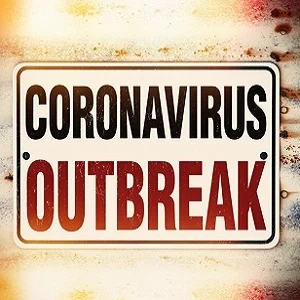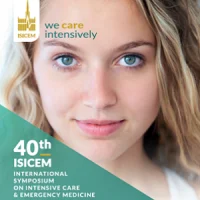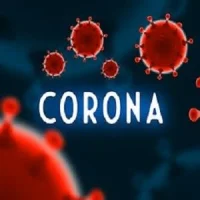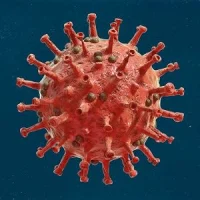The relatively new coronavirus has already infected thousands of patients in China and is now rapidly spreading globally. Many countries have already reported cases of coronavirus and the WHO has declared coronavirus disease 2019 (COVID-19) a public health emergency and has released preliminary guidelines on management of patients.
Most reports out of Wuhan, the epicenter of the outbreak, indicate that COVID-19 primarily affects the lung and causes severe pneumonia. Anywhere from 15-30% of patients develop acute respiratory distress syndrome (ARDS) very quickly. The WHO has established interim guidelines for treatment of ARDS in the setting of COVID-19. Key consideration should be given to patients with refractory hypoxaemia at tertiary care centres that are capable of proving extracorporeal membrane oxygenation (ECMO).
You might also like: Critical Care Response to Coronavirus Outbreak in Shenzhen, China
ECMO is a specialised, resource-intensive, and expensive form of life support. However, it is associated with the potential of causing severe complications including nosocomial infection and haemorrhage. Some evidence indicates that the use of ECMO in ARDS can lower the risk of death. There is also evidence that outcomes following ECMO are much better when the technique is performed at specialised high volume centres.
Even though the WHO has recommended ECMO for the management of COVD-19, some experts remain undecided. While the technique has been used to treat a few patients in China, there are no clinical details on the patients, the criteria for selection and outcomes. Some have suggested that ECMO may have a role in the treatment of refractory hypoxaemia due to COVID-19. However, a lot of details about the virus remain unknown. What is the natural history of the infection, incidence or late complications? Will the virus persist? What are precautions ICU personnel need to take when treating patients with ECMO? Will the virus become adherent to the tubing used for ECMO? Which patients might benefit from the treatment?
ECMO was also recommended for the emergent treatment of H1N1 in 2009 but it never became a realistic or practical treatment. As it is, we know even less about the coronavirus than we did about H1N1.
Rather than rush with this very expensive treatment that requires significant manpower, most tertiary care centres that have ECMO are currently collecting data on patients. Registries are being developed on COVID-19 before ECMO is used. It should be noted that ECMO does not provide support beyond the lungs and so far it is not known to what extent the coronavirus can injure or damage other organs.
ECMO may prove to be a futile treatment if the virus also causes other irreversible organ damage. It is still unclear how coronavirus causes death after infection of the lung. Does it affect the alveoli, the upper or lower airways? Does it only affect the respiratory muscles, oxygen exchange, oxygen transport or binding? Or does it cause haemorrhage in the lungs? ECMO may not be useful for most of these pathophysiologies.
It may be safer to manage COVID-19 patients with present conventional treatments like high flow oxygen, antiviral medications and/or mechanical ventilation. The use of ECMO requires more understanding of the virus before it can be applied on a broader scale.
Source: JAMA
Image Credit: iStock
References:
MacLaren et al. (2020) Preparing for the Most Critically Ill Patients With COVID-19. The Potential Role of Extracorporeal Membrane Oxygenation. JAMA. doi:10.1001/jama.2020.2342
Latest Articles
ECMO, hypoxaemia, Coronavirus, Coronavirus 2019-nCoV, COVID-19
With tens and thousands of people already infected with the coronavirus in China, the WHO recommendations include ECMO in patients with refractory hypoxaemia. How effective is this strategy?










